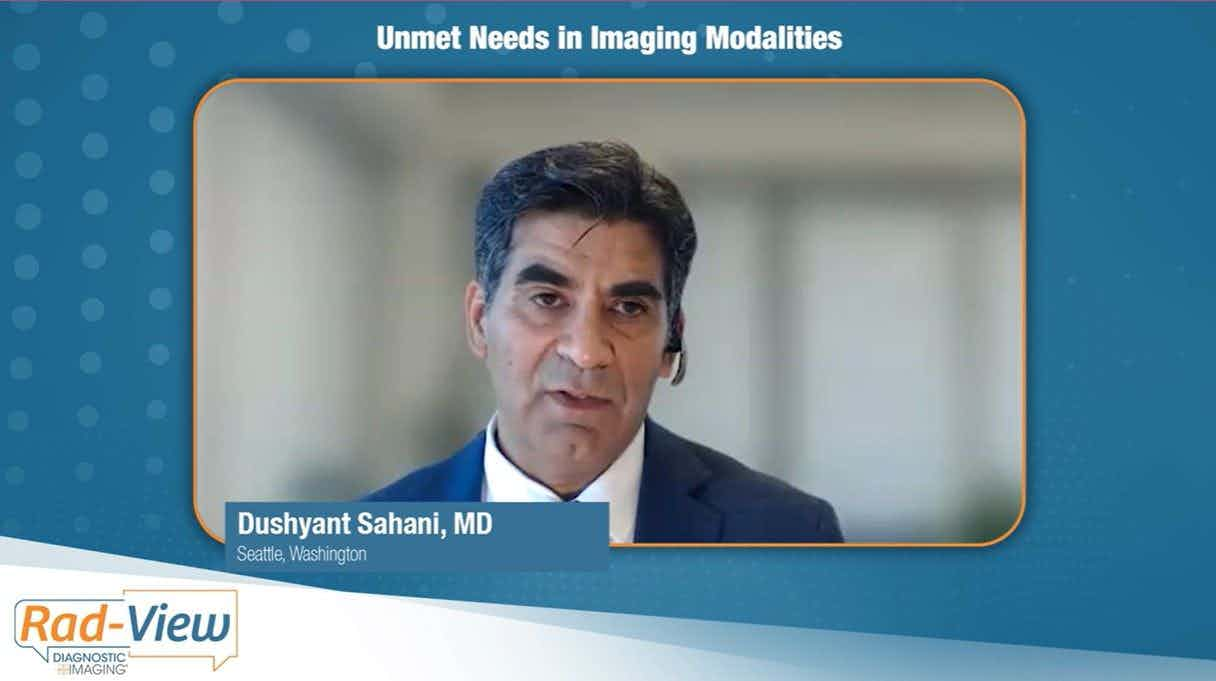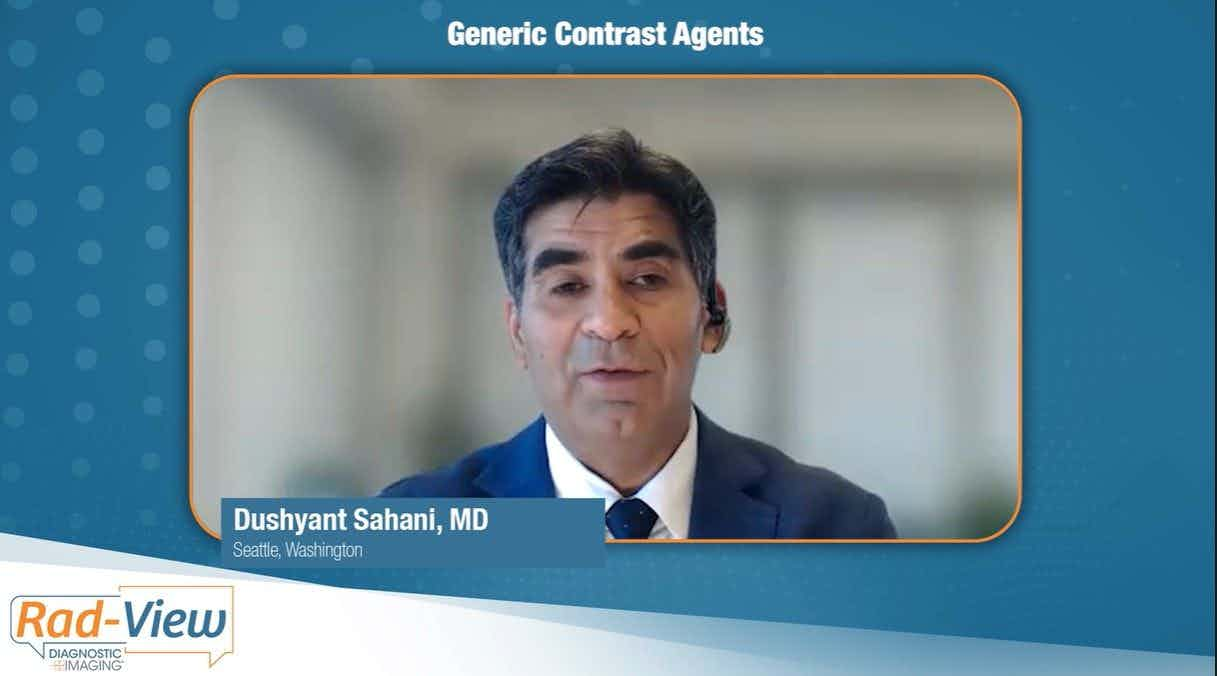Low Dose High-Pitch CT Angiography For Heart, Head, Neck Arteries
An ECG-triggered high-pitch CT angiography allowed simultaneous imaging of the heart, head and neck arteries.
By using an ECG-triggered high-pitch computed tomography (CT) angiography, investigators were able to simultaneously image heart, neck and head arteries, according to a study published recently in PLoS One.
“Most importantly, this protocol used a low dose of contrast media while delivering a minimal amount of radiation,” wrote researchers led by Zhiwei Wang, MD, from the Department of Radiology at Peking Union Medical College Hospital, Beijing, China. “This protocol could be of significant clinical benefit to patients at risk of concomitant coronary and carotid atherosclerosis.”
CT angiography is the current standard of care for evaluating coronary arteries and coronary artery stenosis. However, when performed in ECG-gated spiral acquisition mode, the procedure is associated with high radiation doses, which would only increase when combined examinations of the coronary, head and neck arteries are required.
In this study, Wang and colleagues compared an ECG-triggered high-pitch spiral scan protocol with two other scan protocols to determine if they could perform combined coronary and carotid CT angiography with a single helical acquisition and a single contrast media bolus.
“A prospectively ECG-triggered high-pitch spiral scan protocol allows a coronary CT angiography to be performed within 270 ms while keeping the effective radiation dose below 1 mSv,” the researchers wrote. “The high-pitch Flash mode provides gapless data from the dual-source CT system, reducing motion artifacts over the large scan range.”
The study included 151 patients who were randomly assigned to imaging in one of three groups: group 1 underwent combined imaging using CT angiography with ECG-triggered high-pitch spiral (Flash) scan protocol with a single contrast bolus, group 2 underwent single coronary CT angiography with a Flash scan protocol, and group 3 underwent single coronary CT angiography with prospective sequence scan protocol. No significant differences in baseline characteristics were found between the groups.
Results indicated that the per-patient image quality of the coronary arteries was comparable between the three groups. Patients in group 1 had a mean image quality score of 1.07 compared with 1.06 in group 2 and 1.04 in group 3. In group 1, image quality was sufficient to be diagnostic in all arterial segments of the carotid arteries.
“In the case of coronary arteries, the overall image quality and number of diagnostic segments was comparable between cardiac high-pitch and sequential-prospective acquisition groups,” the researchers wrote. “Regarding carotid arteries, all analyzed segments were also classified as diagnostic and in every case an accurate evaluation of carotid stenosis was possible.”
Patients in group 1 had a significantly higher dose-length product compared with group 2 (256.3 vs. 93.4 mGy-cm; P<.001). No significant difference was found between group 1 and group 3.
“This is the first study demonstrating feasibility of high-pitch CT angiography for the combined evaluation of coronary and carotid arteries,” the researchers wrote. “Our results confirm that high-pitch CT angiography can properly assess in a single examination coronary, epiaortic, and intracranial vessels and demonstrate high diagnostic IQ, excellent interreader variability.”
Study with CT Data Suggests Women with PE Have More Than Triple the One-Year Mortality Rate than Men
April 3rd 2025After a multivariable assessment including age and comorbidities, women with pulmonary embolism (PE) had a 48 percent higher risk of one-year mortality than men with PE, according to a new study involving over 33,000 patients.
The Reading Room: Racial and Ethnic Minorities, Cancer Screenings, and COVID-19
November 3rd 2020In this podcast episode, Dr. Shalom Kalnicki, from Montefiore and Albert Einstein College of Medicine, discusses the disparities minority patients face with cancer screenings and what can be done to increase access during the pandemic.
Predicting Diabetes on CT Scans: What New Research Reveals with Pancreatic Imaging Biomarkers
March 25th 2025Attenuation-based biomarkers on computed tomography (CT) scans demonstrated a 93 percent interclass correlation coefficient (ICC) agreement across three pancreatic segmentation algorithms for predicting diabetes, according to a study involving over 9,700 patients.
Can Photon-Counting CT be an Alternative to MRI for Assessing Liver Fat Fraction?
March 21st 2025Photon-counting CT fat fraction evaluation offered a maximum sensitivity of 81 percent for detecting steatosis and had a 91 percent ICC agreement with MRI proton density fat fraction assessment, according to new prospective research.










